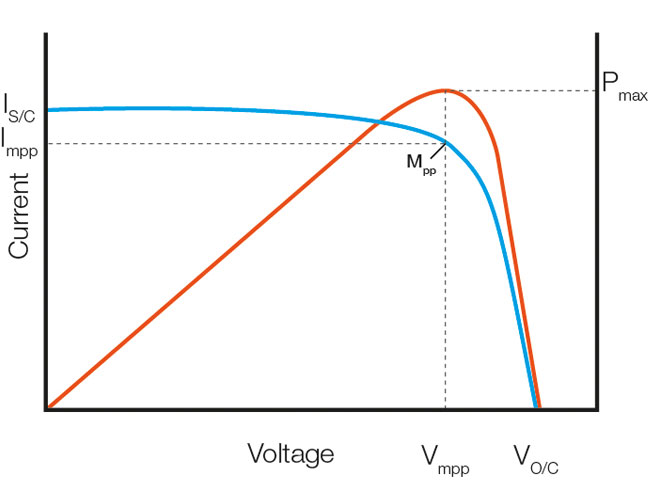Hi Guys, I am new on this forum, but I would love to get some clarification regarding the maximum currents which may flow at the PV-array. I have looked around this forum, but I did not find a proper answer till know, with a clear explanation WHY/ HOW the MPPT is limiting currents...
another discussions around this topic is for instance: smartsolar-maximum-input-current
To be clear, we All know and accept that the Voltage limit (Voc) shall never be higher than the MPPT allows...
The questions comes from the manuals/ Data-sheets which list 2 different footnotes...
@ Manual:
Footnote 2): A higher short circuit current may damage the controller in case of reverse polarity connection of the PV array. 
@ Datasheet:
Footnote 2): A PV array with a higher short circuit current may damage the controller"

And generally speaking people tell me that the PV-currents like Isc, may never be able to be higher than the rated current of the Solarcharger at it's PV-side. BUT, if I read the footnotes from both Manual and Data-sheet I get confused, and would like to better understand why Victron is writing this.
For me are these SolarChargers smart devices which can control Voltage and currents very well. It is for instance possible to lower the charge current by changing it's settings via the app. Why would then oversizing a PV-array (with e.g. a SmartSolar 75/15) with respect to Isc be dangerous for the device? If I would hook 2x 60cell PV-panels in parrallel for instance, theoreticlly a Isc of around 20A could occur.. But to my opinion this Isc Current will never occur within the solarcharger because it is searching for it's MPP. On the other hand Impp could theoretically still be higher than 15Amps, like around 17Amps which would be too high as well. BUT, Is this device not able to limit its input current (in this case max. 15Amps) by deviating from it's MPP working point (like lower it's Amps by increasing the Voltage to Ioc)??

I downloaded version 06 of following Manual https://www.victronenergy.nl/upload/documents/Manual-BlueSolar-charge-controller-MPPT-75-10-75-15--100-15-EN-NL-FR-DE-ES-SE.pdf:
and I download the Datasheet of the same MPPT, Datasheet-Blue-Solar-Charge-Controller-MPPT-75-10,-75-15-&-MPPT-100-15-EN.pdf).
Well looking forward for some comments/ Questions/ answers and/or clarifications :)
Ruben
